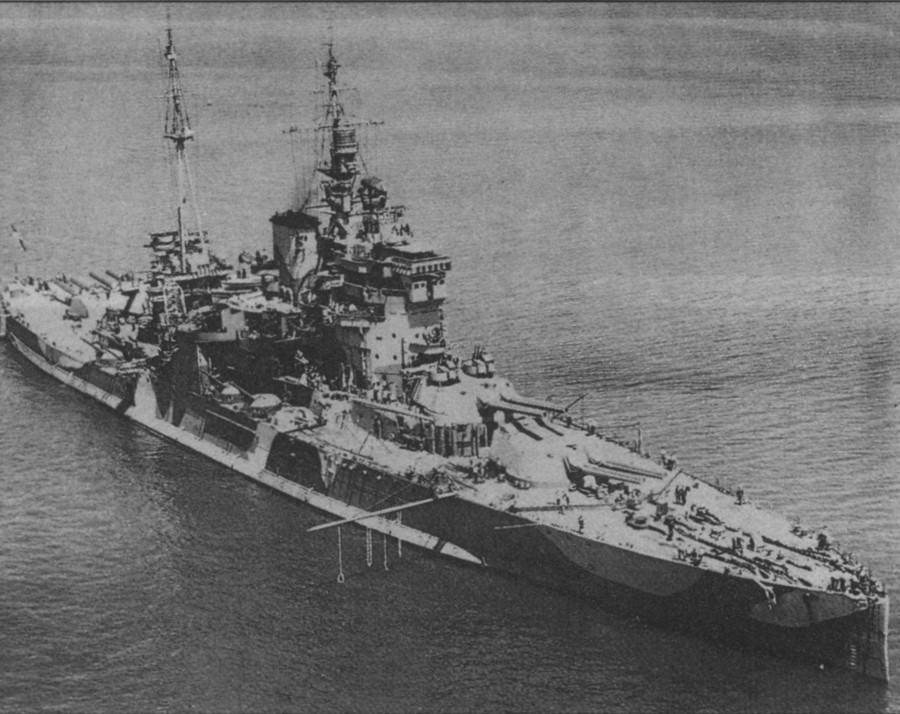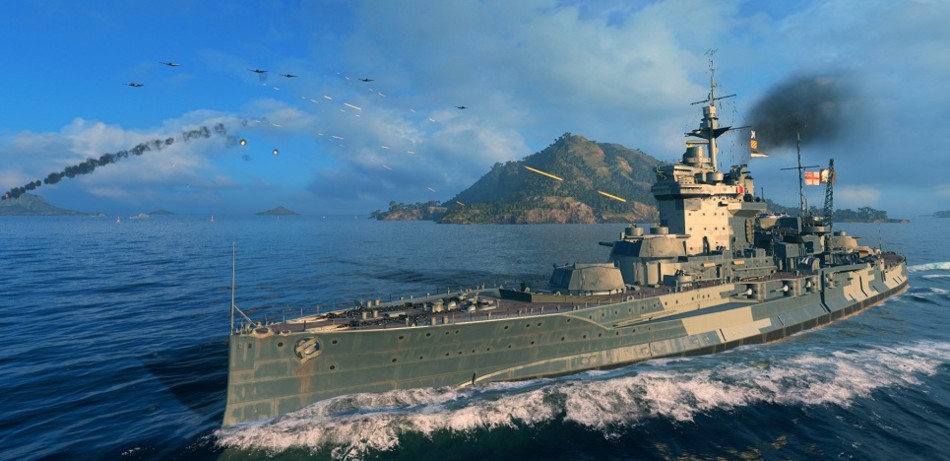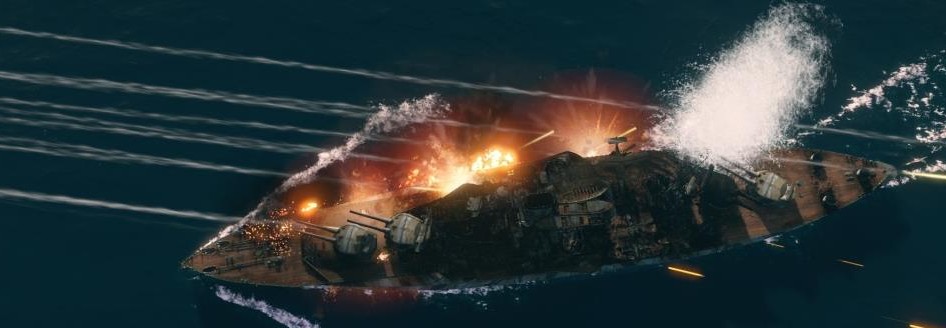The Royal Navy and Australis Navy, Queen Elizabeth Class battleships, were the next major advance after the original Dreadnought. The Queen Elizabeth class lead the revolution of the 'fast' battleship which eventually replaced the battlecruiser and battleship production of all navies.
1912 and the five ship Queen Elizabeth class is laid down with its main armament still on the drawing boards. The Queen Elizabeth class were to mount the Mk-1 15" gun which in itself was an upgrade of the previous 13.5" weapon system. The chief ordnance designer said the 15" would be good, and so it was. The Royal Navy thought so much of it that it used it for the Vanguard 30 years later.

By December of 1912, plans for both the Queen Elizabeth and Revenge class battleships had been sent to Australis, choices had to be made as to what would serve the Australis Navy best. With the large distances around Australis and the Pacific Ocean, speed was deemed a neccessary asset. The Naval commissioners decided the Queen Elizabeth designs would suit better. The Royal Navy vessels proved themselves at Jutland with plenty of action showing that the blend of speed, armour, and armament made the class the best all round battleships of World War One. The three Australis Queens did not reach Europe till the beginning of 1917 by which time all of the major naval battles had been decided and the naval war was a matter of exercises and drills.

All eight vessels went through the 1920's and early 30's with various upgrades being fitted where space was available. The London Treaty of 1930 meant that these ships would be kept as front line units for at least another ten years as the earliest that new ships could be laid down would be 1935-36 with completion dates around 1940. With at least another ten years of service to be obtained from the ships, a life extension program was worked out for all eight ships. The introduction of the 4.5", and later 5.25", dual purpose weapon systems tied to HACS units made the rebuilding of the class into modern units with heavy AA batteries a reality. The first ships were taken in hand in 1935 and the last in 1938 with rebuilding dates from 1937 to 1940.
.png)
The Queens were rebuilt during the 1935-40 period, and this was an extensive rebuilding with everything from B to X turret being removed and replaced, new deck armour and the tertiary armament was greatly augmented with lots of dual-purpose and anti-aircraft guns being fitted. The ships speed was kept to the 25 knots. This made it possible for the Queens to be able to act with the Southern African and Australis, Iron Dukes which had had their speed increased to 25 knots. allowing the ships to all act together at the same speed. Giving up to a fourteen ship 'battlefleet'. As with all RN type rebuilds, the ships were fitted with cross deck catapults and other aircraft handling facilities. As more aircraft carriers became available in 1942-43 the aircraft handling facilities were removed and enhanced AA weapons and electronics being fitted in their place. The hangar was split up into more accommodation and office spaces which the ships were getting desperately short of as more crew were needed to run all the new equipment being fitted.
.png)







